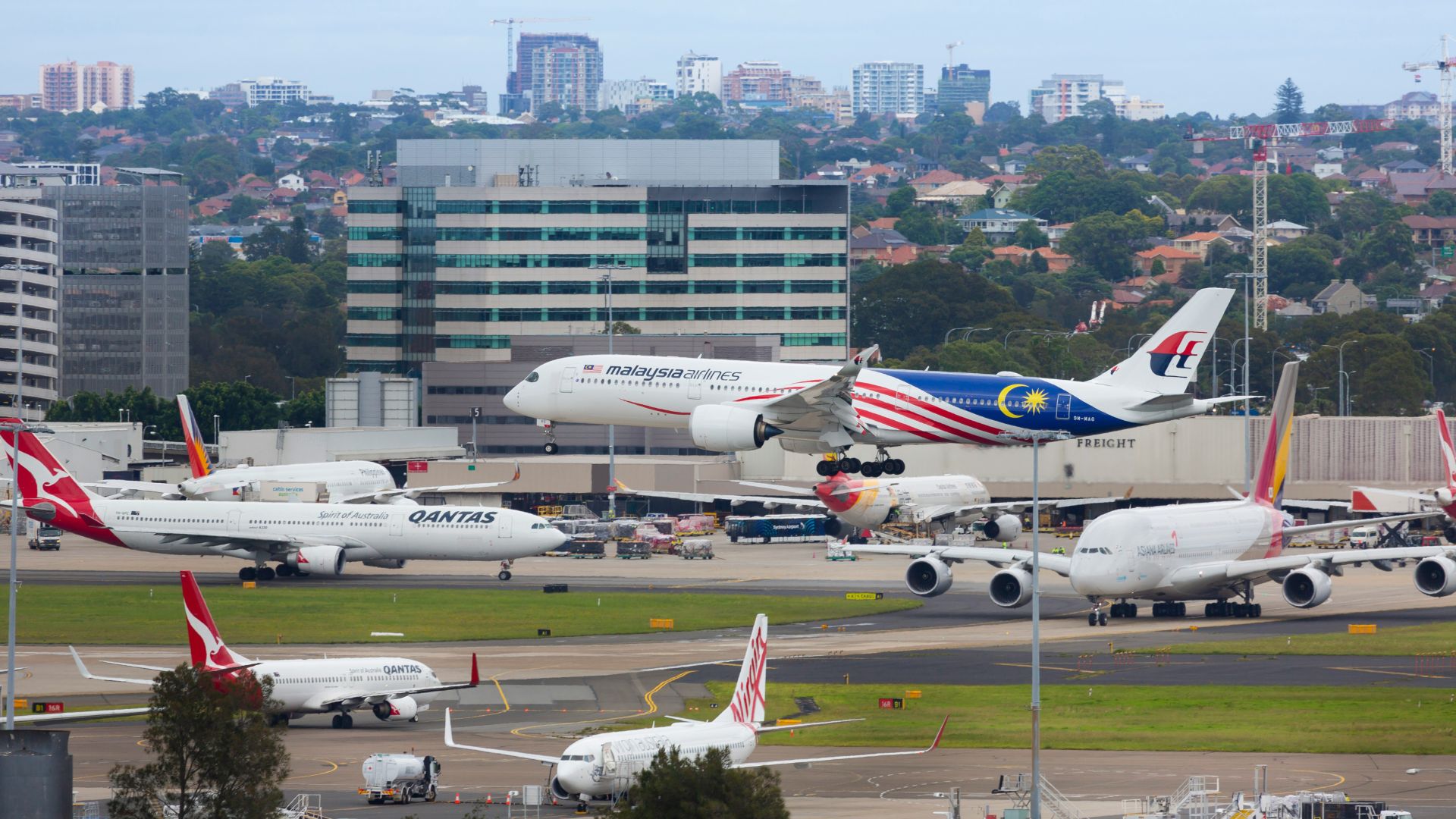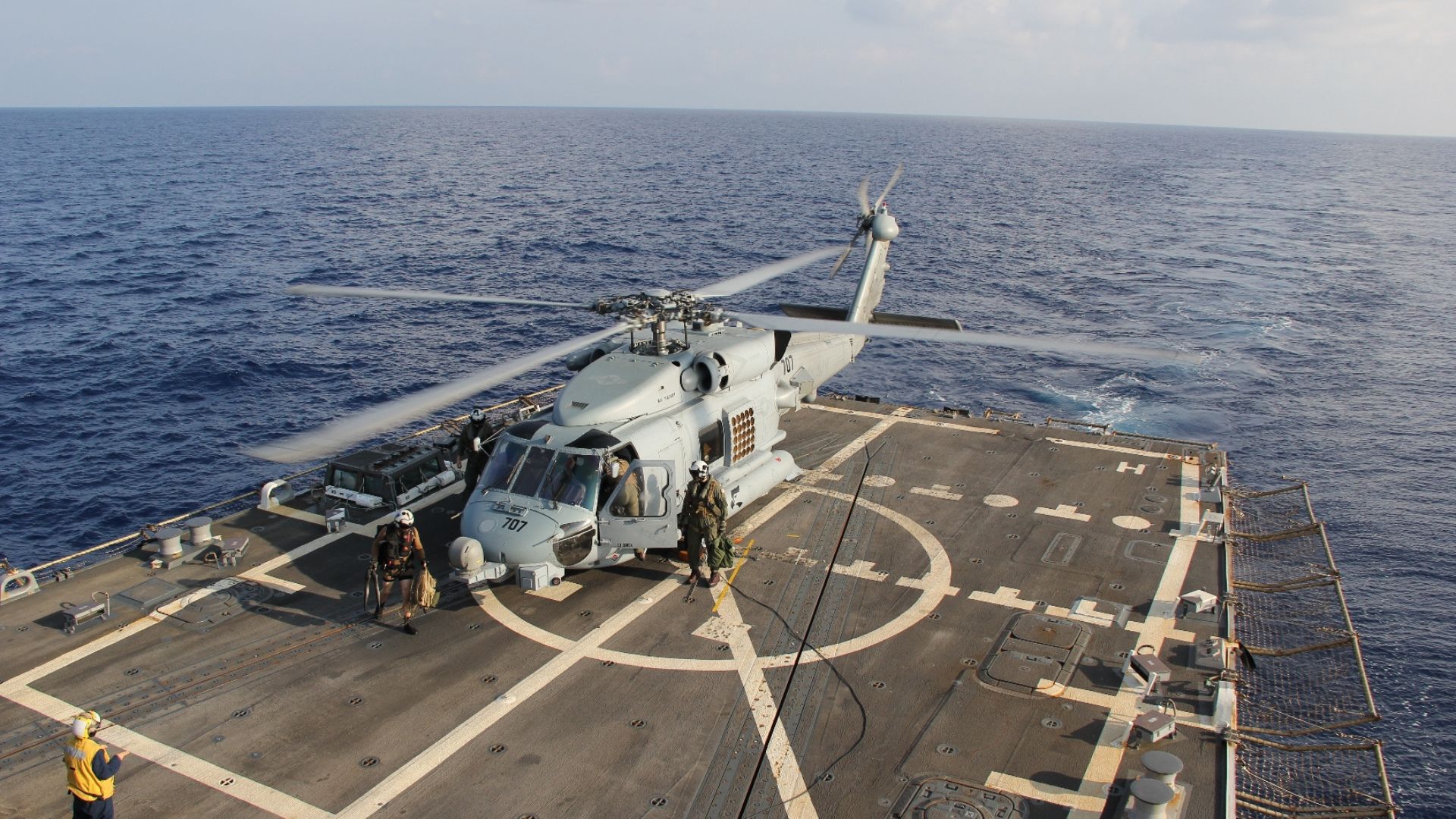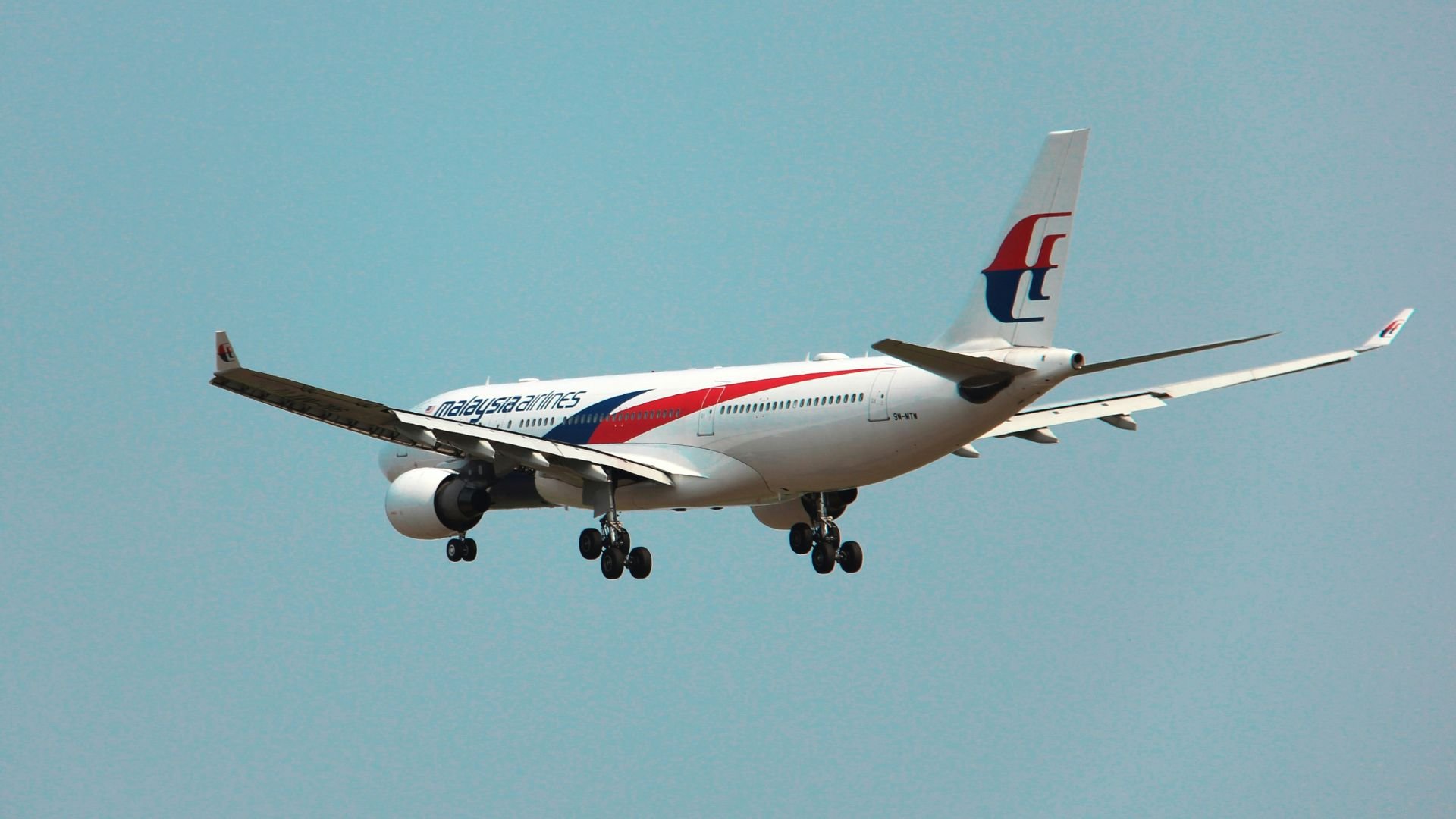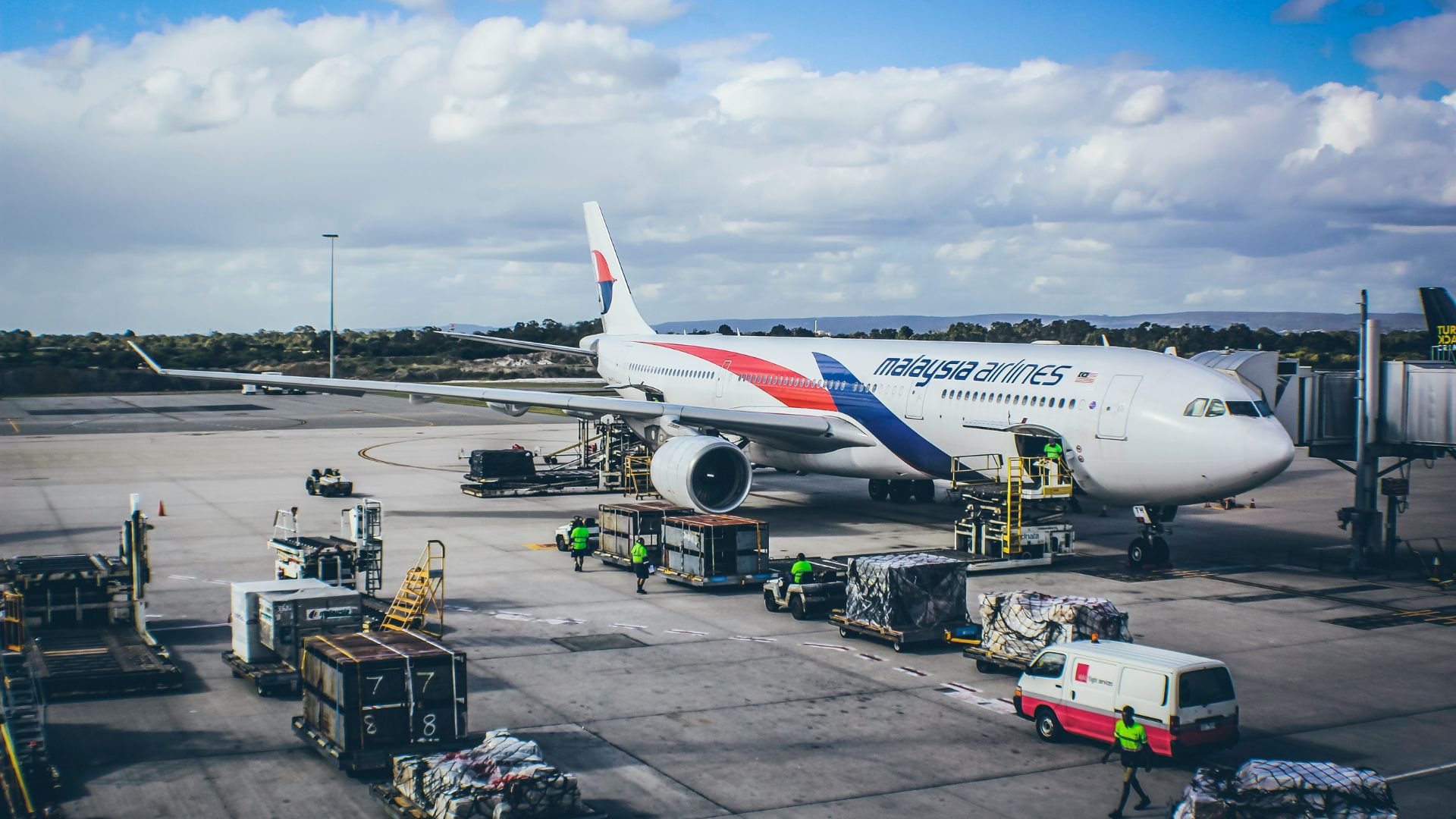A new twist in the decades-long search for the missing Malaysia Airlines Flight MH370 has led researchers to hope that they can finally solve the mystery of what happened to this jet ten years ago.
Thanks to a brand new discovery of an underwater signal, researchers are planning on once again undertaking an investigation to find the missing aircraft.
MH370’s Takeoff in 2014

On March 8, 2014, a Malaysia Airlines flight took off from Kuala Lumpur and was headed to Beijing, China. However, it quickly redirected its route — and the plane eventually vanished from radar screens.
This led to an international effort to find the missing plane, which most analysts believed likely landed in the Indian Ocean. This presumably resulted in the death of 239 people on the plane, making the MH370 case one of the deadliest airline disasters in history.
An Unsolved Mystery

However, the MH370 case also quickly became one of aviation’s greatest mysteries, as this case was never solved.
For 10 years, investigators from all over the world searched for the crashed jet in the ocean. Nobody ever found the plane, nor could any group decide on the exact location of the craft in the water.
Some Wreckage Has Been Found

Very little wreckage has been found of this flight, even though it likely crashed into the ocean a decade ago.
Though the main wreckage has yet to be found, small pieces of what investigators believe to be a part of the fuselage of the plane have washed ashore in different areas.
A New Study

However, now there is renewed hope among investigators that the main wreckage of the Boeing 777 may finally be found, 10 years after the aircraft disappeared from radar screens without a trace.
According to researchers from Cardiff University, underwater acoustic signals may be the key to finding MH370.
Finding an Underwater Signal

This team of researchers looked at underwater signals and data from hydroacoustic stations located at Cape Leeuwin, Western Australia, and Diego Garcia in the Indian Ocean.
The team eventually found a signal around the same time that most believe MH370 crashed. If this signal is indeed the plane, this could finally help investigators pinpoint where the wreckage of the jet is.
Some Questions Remain

However, this discovery brought about even more questions for the team, as this underwater signal wasn’t seen at all hydroacoustic stations.
Researchers were able to identify this signal at Cape Leeuwin. They could not detect it at Diego Garcia.
The Origin of the Signal

Usama Kadri, a researcher of Applied Mathematics at Cardiff University, explained the many questions researchers have about this odd origin of the recently discovered signal.
“This raises questions about its origin,” said Kadri. “Given the sensitivity of hydrophones, it’s highly unlikely a large aircraft impacting the ocean wouldn’t leave a detectable pressure signature, especially on nearby hydrophones.”
Creating Explosions

Researchers believe that creating controlled explosions in the area where the MH370 plane may have gone down, particularly along the “seventh arc”, may help them understand what this signal is.
Similar explosions and tests were done when the Argentine ARA San Juan submarine went missing in 2017. Eventually, thanks to a similar signal discovery, the submarine was found.
Future Searches for the Missing Plane

Kadri further explained that these controlled tests, if proven successful, could renew the search for the MH370 plane.
“A similar exercise, using explosions or airguns, could be conducted along the seventh arc,” Kadri suggested. “If the signals from these explosions matched the signal of interest, it would support focusing future searches on that signal.”
Why the Plane Diverted From Course

The ongoing mystery of the MH370 plane remains so difficult for investigators because nobody can agree on where the plane may be in the Indian Ocean.
Though most have agreed that the plane is likely located somewhere along the “seventh arc”, this hasn’t been officially confirmed. The plane diverted from its course to fly southwest over the Indian Ocean, following a route it was not supposed to take.
Questions Over MH370 Remain

Many people have questioned why this diversion happened in the first place. The most common theory is that the plane was suffering from some sort of mechanical failure, or a similar issue.
However, some theories have posited that the pilot of the plane knowingly deviated from course — and then let the plane crash into the ocean on purpose. This theory has not been proven.
